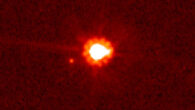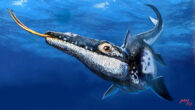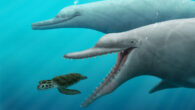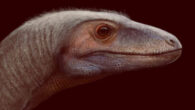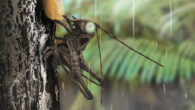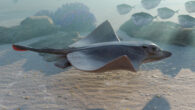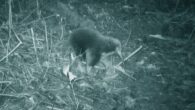Scientists from Anhui Normal University and elsewhere have identified a new species of the hedgehog genus Mesechinus living the scrubland and subtropical forests of eastern China. Mesechinus orientalis in Xuancheng, Anhui, China. Image credit: Shi et al., doi: 10.3897/zookeys.1185.111615. Mesechinus is a small genus of mammals in the hedgehog family Erinaceidae. The genus until now comprised four species from East Asia: Mesechinus dauuricus, Mesechinus...



